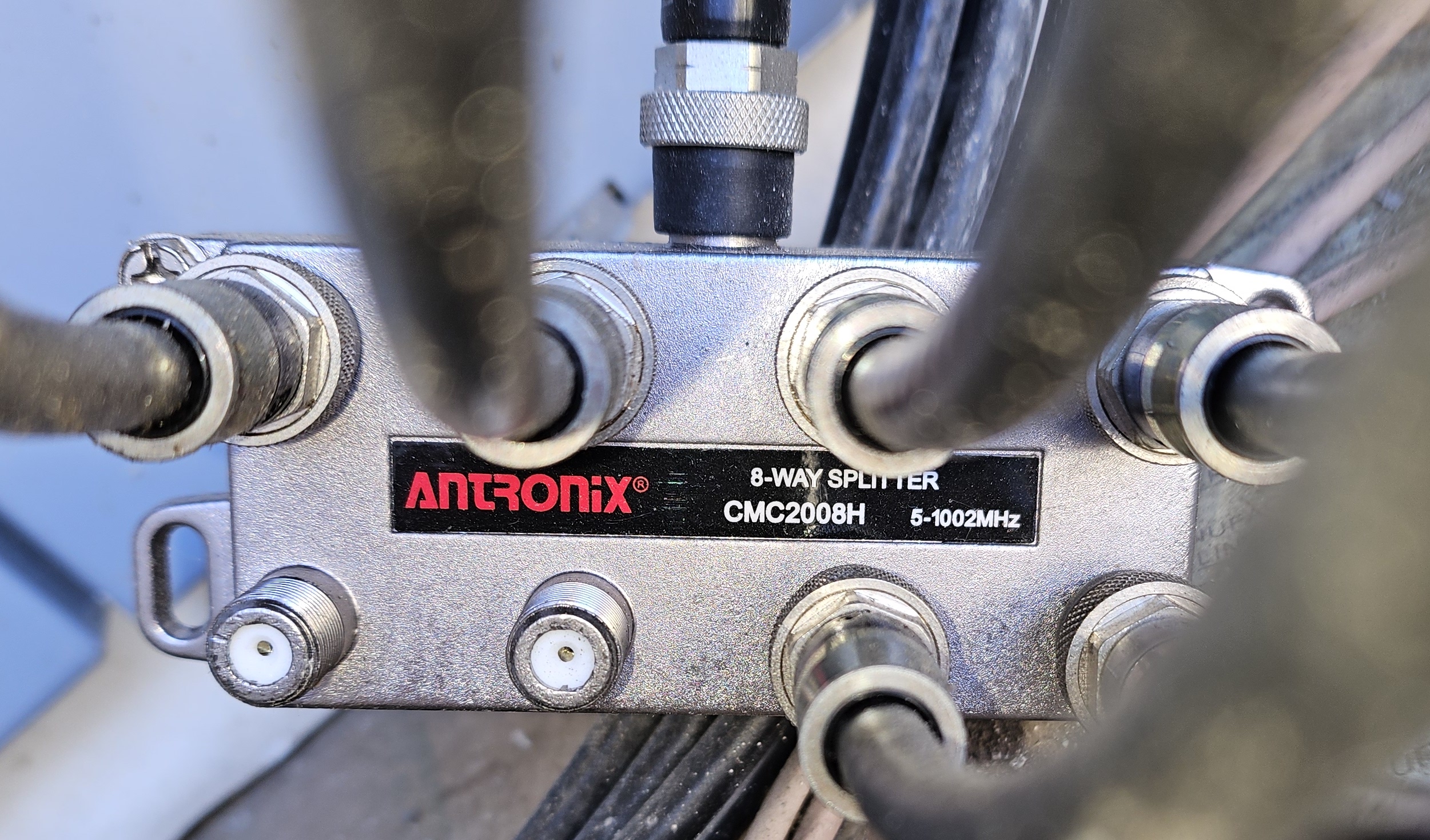“It’s Not My Fault!” — Han Solo
Two months in with the new Arris G34, and the Internet connection is still “buggy.”
Instead of the speed dropping to dismal rates, and perhaps in additional to that, the Internet connection actually dies. And the only way to fix this is to reboot the device.
Although there is no dance with the firmware update as I did with the Netgear, the Internet connection is still problematic at best.
After two modems/routers, I was beginning to think it may not be the devices’ faults. And I started suspecting it may be Comcast or the cable setup.
The Cables
I inherited the setup in around 2001. It was a time before streaming, before Gigabit networks. The main use of cables was to deliver TV signals. So for that era, the cable was fine. However, I suspect that after I recently upgraded my service plan from 70 Mbps to 800 Mbps, the physical limitation of the cable may be problematic.
A quick check of how the cable comes in revealed that the main ingress signal was split to two:
- the first going to an “HSD” cable and the second to other TV destinations. (“HSD” I hope stood for “High Speed Data,” but it could be “Hope so, dude” for all I know.)

- that second output then gets split 6 (!) ways to various rooms and outlets that I have no idea about. Apparently, the previous tenant really liked to watch TV in different rooms.

The first thing I did was to disconnect all the splitters and connect 1-1 the HSD cable to the incoming cable and crossed my fingers. With all the splitting and other cables which may or may not be “terminated correctly” out of the picture, maybe things will work better?
Unfortunately, no. Same problems.
Professional Help
During a weekend I bit the bullet and decided to get Comcast to help. Fortunately, I was able to navigate their app to the option of scheduling a service call. If you asked me now how I did it, I couldn’t tell you; their Xfinity app was more convoluted than the cable setup I had.
The Comcast guy came and looked at the cables, both the drop from the outside and the wiring inside.
He found two things:
- There were “loose” connections in the boxes outside. He didn’t get more specific, so that’s the best I know.
- Then he identified that the cables leading into the house were indeed old and should be upgraded to handle the faster speeds nowadays. But he said it wasn’t 100% necessary; if everything worked, I could put that off for a bit.
He and I tested the Internet connection and conducted speed tests and got good speeds. The real test was, of course, to see if it remained so in the days ahead.
I left the cables inside the house as they were.
And just the next day, I don’t know if it’s coincidence or what, but Comcast for the entire neighborhood was down for about 2 hours.
But once THAT was fixed, things really worked better since. It’s been weeks, if not months, since the last time I had to reboot the modem in order to resolve Internet issues.
After ALL this, I think the real problem was those “loose connections” that the Comcast guy mentioned. (I’ll chalk the subsequent outage in the area as coincidence.) As I said, he didn’t get into the details about those loose connections, so I’ll just leave it as that.
Now: the Netgear CAX30 modem/router I still have stored away for a backup in case this Arris G34 breaks one day. I feel a bit guilty for blaming it for the problems. I still have issues with its UI and odd firmware behavior, but at least I don’t think they were the root cause the issues.